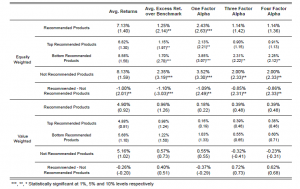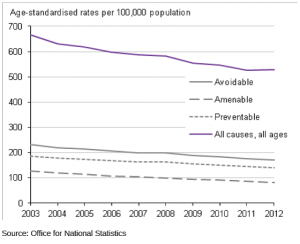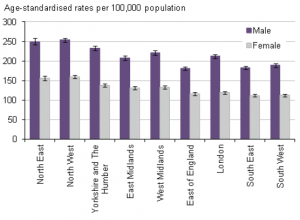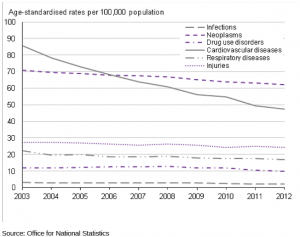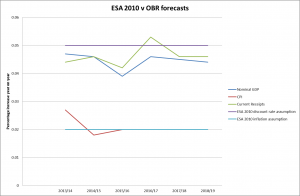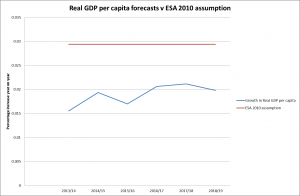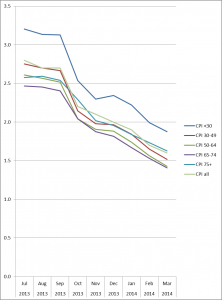Whatever you think about the risk of extremism being incubated in Birmingham schools or the political battles going on at the top of the Conservative Party, the contrast between the two Ofsted reports into Park View is startling to say the least. Just look at the key findings from the report issued today and compare them with comments from the 2012 report:
Are these really the same schools? The only summary findings which do not have a direct and emphatic rebuttal from the report two years earlier are those from a section of the current staff who appear to be concerned about leadership, feel the governors are involved inappropriately, and complain about unfair recruitment practices and feeling intimidated against speaking out. So are these courageous whistle-blowers, who were still summoning up that courage two years ago, or merely resentful staff?
What has changed? The new report refers to “considerable staff changes since the academy opened almost two years ago”. It then continues as follows:
The substantive principal, who was appointed in Spring 2012, is currently seconded to Golden Hillock School as acting principal. A Park View vice principal is currently the acting principal. The former academy principal is now the executive principal of the trust, she is due to retire at the end of the Spring Term 2014. She is being replaced by the substantive principal of Park View, who will continue in this capacity in addition to the post of executive principal of the trust. Other leaders have transferred to, or work part of their time in, the other two trust academy schools. A new vice principal and a new assistant principal have been appointed to start in April 2014.
One thing that has definitely changed is that in 2012 the school, Park View Business and Enterprise School as it was then, was a school. It then converted to academy status in April 2012, Park View School Academy of Mathematics and Science, the trust being managed by Park View Educational Trust, which then expanded into a multi-academy trust that includes Nansen Primary School and Golden Hillock School. All three have now been put into special measures.
So is it the academy programme which is the problem here rather than anything to do with extremism? A school subject to special measures can be subjected to further Ofsted inspections at very short-notice (although now we hear that no-notice inspections for all schools are being considered) to monitor its improvement. The senior managers and teaching staff can be dismissed and the school governors replaced by an appointed executive committee. This sounds very much like Park View’s recent history. It is unclear what benefit more short-notice inspections are likely to have, when their findings can differ as radically as this.
It seems fairly clear that something has gone wrong in the governance of these schools during the process of moving to a multi-academy trust, and that at least some of the school community feel that they have not had their views properly taken into account during that process. Raising the bogey of hardline Muslim extremism stalking the city’s schools, as Michael Wilshaw has done today, does not help anybody tackle this.
What also seems fairly clear is that the Ofsted inspection regime is considerably less objective than it would have us believe. Whatever changes may have occurred at this school over a two year period, at least some of the vertiginous decline from outstanding with no concerns to inadequate with few redeeming features (they came up with three in their summary) can ultimately only be explained by the last team liking the school and the new team (admittedly working in a very different climate) disliking the school. Those “likes” and “dislikes” appear to be what passes for a regulatory framework for the education of our young people. It is not nearly good enough.





